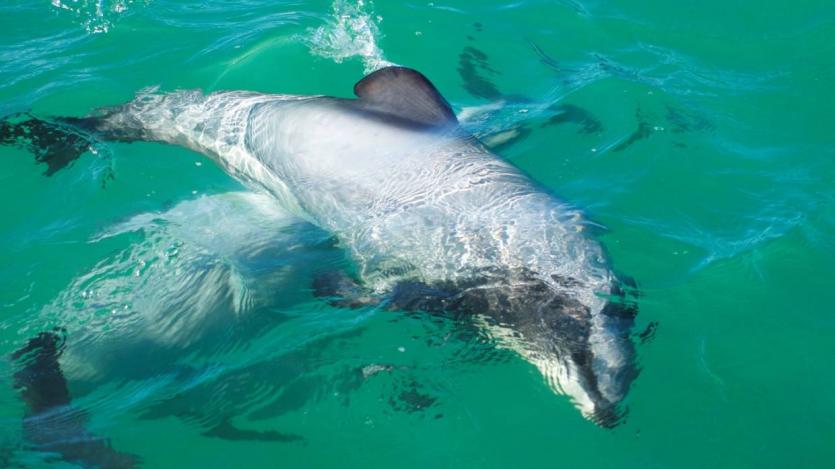Photo: TWD
By Patryk Krych | The World Daily | APRIL 26th 2021
The development of new technologies, such as that of drones, may be adapted to help save such endangered species as the Māui dolphins in New Zealand – of which there are only a few dozen left alive.
As a show of solitude, several New Zealand fishing companies, along with the country’s government, WWF-New Zealand, and scientists/tech experts had decided to join their efforts to help save the remaining Māui dolphins via the development of a new type of drones that finds and tracks pods of the endangered species.
“Māui dolphins are a national treasure – our people live out on the sea and have a real affinity to the creatures that live there,” said Clement Chia, Chief Operating Officer at Sanford Limited, New Zealand’s biggest fishing company. “They have a huge respect for the environment, and while they mightn’t be in breach in a criminal sense, it would take a huge emotional toll on a fisherman.”
Sanford is one of the companies involved in producing the new technology, along with another fishing company named Moana. With only 63 confirmed Māui dolphins left remaining off the West coast of New Zealand, it was only a matter of time before the species would be driven to extinction. With these new efforts, however, the species exact numbers can now be more regularly and accurately tracked.
“Only 7 percent of New Zealand is land, the rest is sea, and yet we’ve been under-equipped to study the ocean. There’s only so much money to go around,” said University of Auckland marine scientist Rochelle Constantine.
Constantine had come to the realisation that tracking the dolphins’ numbers would grow difficult back in 2018, when the plane used for the yearly analysis of the Māui dolphins was sold off to Australia, leaving the species practically unmonitored for 3 years.
She added: “In the past, we had highly trained observers in a plane who would go out about once a year and report on what they saw. You had to rely on their expertise and timing. There was otherwise no visual record if sightings were questioned.”
The project, dubbed the MĀUI63 project, had officially begun back then, after Constantine had team up with medical doctor Willy Wang and technology expert Tane van der Boon. The aim was to create a better means of tracking the dolphins’ numbers, having realised that the use of aircraft and boats would be far too pricey and inefficient when compared to something cheaper and more accurate – such as drone technology.






